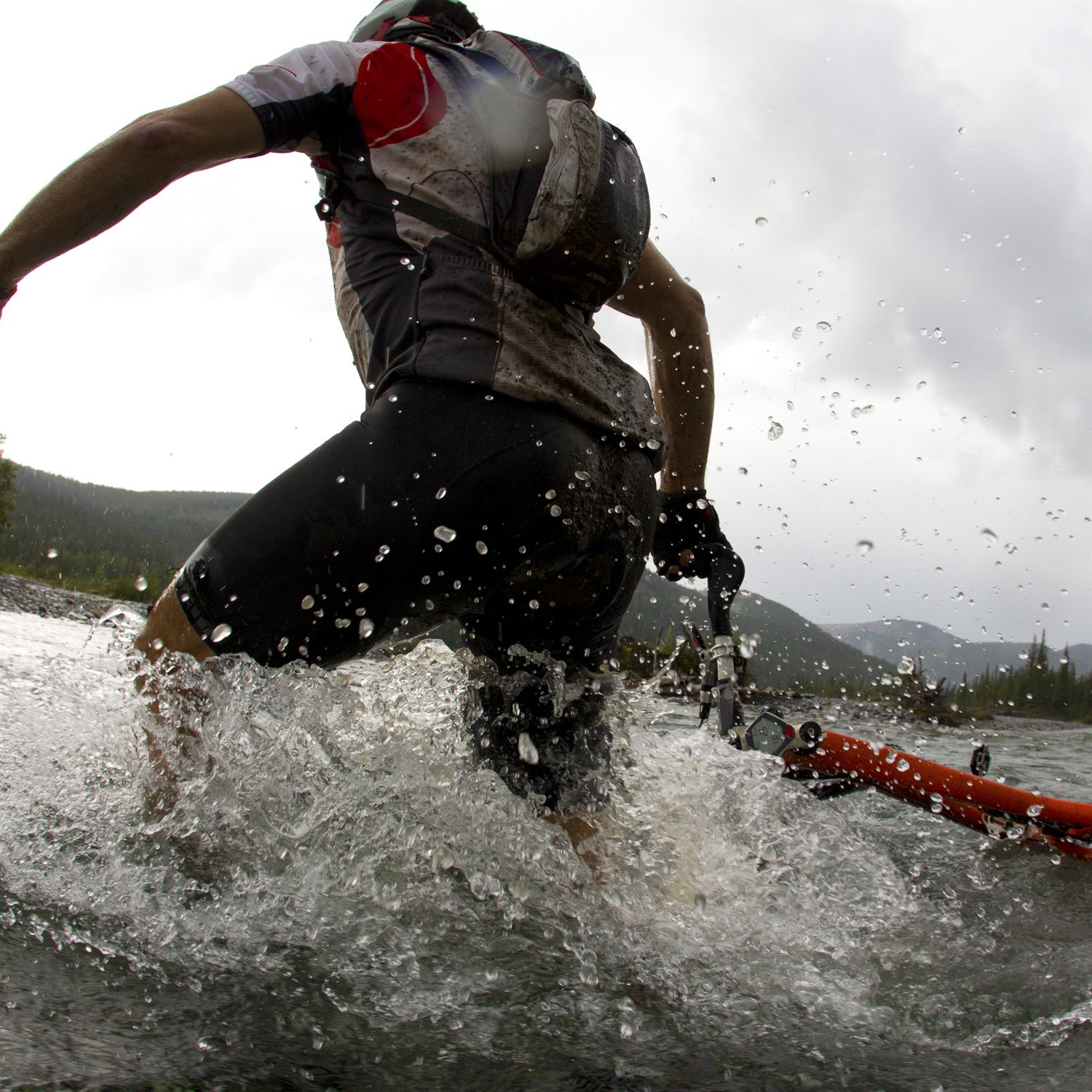Mark Lyons was several hours into one of the toughest mountain bike races in the world in November┬аwhen he found himself at a river crossing, alone, and had to hop off his bike and hoist it to his shoulder and attempt to hike across.┬аThe 55-year-old American cyclist was competing in┬аCosta RicaтАЩs grueling┬а, a 67-mile cross-country┬аrace through jungle┬аand around active volcanoes. As he carefully strode into the stream,┬аhe lost his footing and slipped┬аinto the rushing water.
At first, Lyons held onto his bike. He thought he would slip down to a slow moving area, pull himself out and continue the race. But it wasnтАЩt so simple. The water was moving so fast that it ripped LyonsтАЩ shoes from his feet.┬атАЬI didnтАЩt expect to keep picking up speed the way I did,тАЭ Lyons says.
Lyons eventually let go of his bike, flattened himself on the water and stuck his feet out in front of him to defend against rocks and boulders. Every so often his feet would hit one, sending him spinning. For about ten minutes, the river carried him, continuously pulling him under the rushing water. тАЬThat was the only time I was afraid I wasnтАЩt going to make it,тАЭ Lyons says. тАЬI would go down for long time and then I would feel air on my face, take a breath and get pulled down again.”
Lyons had limited experience with whitewater. Still, he managed to do some of the most important things to avoid drowning, says Isaac Ingram, the deputy director of the and a 15-year rafting guide. тАЬThe most dangerous thing that he could have done would have been to try to stand up when he was going down the river,тАЭ Ingram says. тАЬBeing as exhausted as he was from the bike race, it would have been easy for him to let his feet drop to try to get out.”┬а
According to Ingram, Lyons got into what is known as the passive swimming position, the recommended technique for surviving a fall into whitewater. Keeping his feet in front of him, Lyons was able to kick off rocks and avoid getting caught on an underwater obstacle. Entrapment, says Ingram, is the most important thing to avoid in rapids.┬а
To make it to shore, Lyons would have needed to turn over onto his belly and begin swimming perpendicular to the current, Ingram says. But about a mile downstream Lyons got lucky. A bend in the river allowed him to drift toward┬аa log wedged between two rocks, use it to brake himself, and then climb out of the river. But even on land, LyonsтАЩ situation wasnтАЩt much better:┬аhe was alone, deep in a tropical rain forest, and no one had seen him fall. For the next 30 hours, he fought his way, barefoot, through the jungle, subsisting on spring water and sports drink powder.┬а
тАЬClearly he is a survivor,тАЭ Ingram says.
By the time Lyons hiked back to the racetrack the next day, his liver and kidneys were near failure. Lyons spent six days in the hospital recuperating, which is when his ordeal finally set in, he says.┬атАЬOnce I was in the hospital I realized how lucky I was.”


